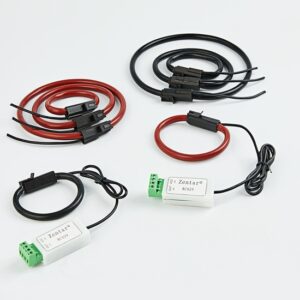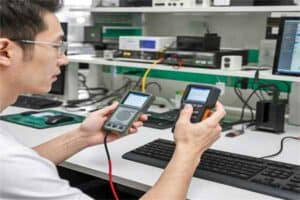1. Structural features
Our split core current sensor has a good design structure, beautiful appearance, and a transparent flip-top design for easy wiring. The case material is made of PC/ PA66 alloy, which has the characteristics of high temperature resistance, high mechanical strength and environmental protection; the iron core is made of oriented cold-rolled silicon steel sheet, which has the characteristics of stable performance, high mechanical strength and high magnetic permeability; the enameled wire in the skeleton coil adopts High-strength enameled wire, with high insulation strength, strong temperature resistance, etc.
The open-type current transformer is developed on the basis of the traditional low-voltage bus-type current transformer. It is compatible with cable and copper bar installation methods. According to the measurement range of primary current, The main specifications as follows:
2.The working principle of split core current transformer
The working principle of the open-ended low-voltage current transformer, the primary winding of the open-ended current transformer is connected in series in the line under test, I 1 is the line current, that is, the primary current of the current transformer, the primary turns of the current transformer, and the secondary current of the current transformer. Current (usually 5 A, 1 A), N 2 is the secondary turns of the current transformer, which is the impedance of the secondary circuit equipment and connecting wires.
Circuit connection diagram






